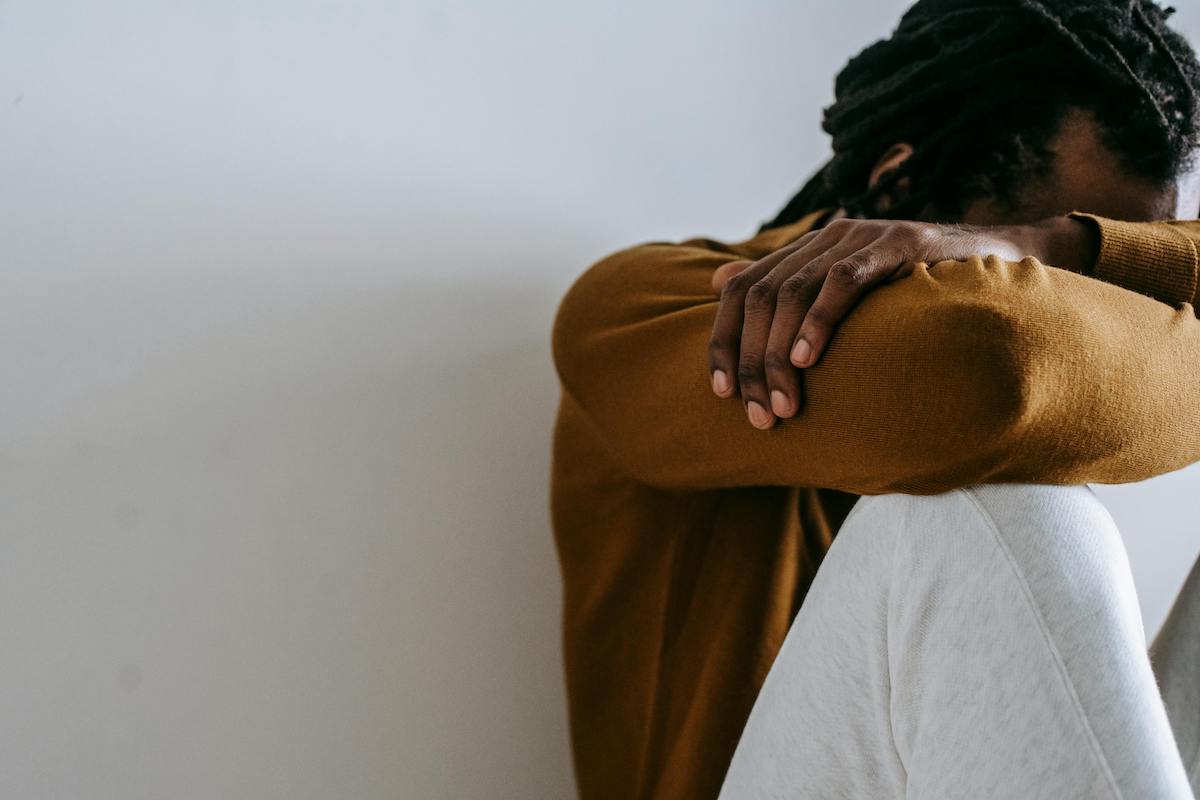
Despite longstanding perceptions, suicide rates among Black Americans are rising sharply. High-profile cases highlight the issue, with mental health professionals emphasizing the importance of awareness and seeking help.
By Malcolm Venable
For a long time, conventional wisdom held that suicide wasn’t something Black people did, that ending one’s own life was “a white thing.” And to be sure, data backs that up; even as recently as 2018, the overall suicide rate for Black Americans was some 60 percent lower than that of the non-Hispanic white population. But something’s changed in recent years, with researchers and the public at large noticing a swift uptick in Black suicide rates––particularly among young people. And with high profile cases of Black people who’ve died by suicide, including former Miss USA Chelsie Kryst and Regina King’s son Ian Alexander, Jr. , drawing more attention to the issue, Black mental health professionals are urging the community as Mental Health Awareness month draws to a close to learn more, know the warning signs, and seek help if needed.
“There's been a perception in the Black community for decades that suicide is not an issue,” says Victor Armstrong, vice president for health equity and engagement at the American Foundation for Suicide Prevention. “Part of the challenge has been that narrative, but there also has not really been a push outside of the community for suicide prevention or for suicide awareness organizations to reach into Black communities.”
#James Donaldson notes:Welcome to the “next chapter” of my life… being a voice and an advocate for #mentalhealthawarenessandsuicideprevention, especially pertaining to our younger generation of students and student-athletes.Getting men to speak up and reach out for help and assistance is one of my passions. Us men need to not suffer in silence or drown our sorrows in alcohol, hang out at bars and strip joints, or get involved with drug use.Having gone through a recent bout of #depression and #suicidalthoughts myself, I realize now, that I can make a huge difference in the lives of so many by sharing my story, and by sharing various resources I come across as I work in this space. #http://bit.ly/JamesMentalHealthArticleFind out more about the work I do on my 501c3 non-profit foundationwebsite www.yourgiftoflife.org Order your copy of James Donaldson's latest book,#CelebratingYourGiftofLife: From The Verge of Suicide to a Life of Purpose and Joy
www.celebratingyourgiftoflife.com
Link for 40 Habits Signupbit.ly/40HabitsofMentalHealth
If you'd like to follow and receive my daily blog in to your inbox, just click on it with Follow It. Here's the link https://follow.it/james-donaldson-s-standing-above-the-crowd-s-blog-a-view-from-above-on-things-that-make-the-world-go-round?action=followPub
That’s changing now, in large part because of the alarming spike in suicides in recent years. From 2019 to 2022, suicide rates have increased some 20 percent among Black Americans he says; rates that involve a firearm have increased more than 40 percent. “What is shifting,” he says, “is there is more of an openness to talking about suicide in Black and brown communities. The challenge still remains though, that we can no longer assume that a one size fits all model works. Because a lot of Black people have never had this conversation before.”
Why are the rates increasing? Armstrong says researchers aren't entirely sure, but those who consider or attempt suicide are dealing with a combination of many different factors. There are some factors that contribute to wanting to die by suicide, however. “The fastest rising demographic is among younger Black people,” he says. “The pressures and stresses that younger Black people face now are very different. We're coming off the heels of George Floyd, Ahmaud Arbery, and Breonna Taylor, so they're seeing all of those kinds of things. They witnessed some of the backlash with Black Lives Matter, so they're internalizing a lot of those things, and with social media, there's more opportunity for bullying, and seeing that everyone is having a good time––like ‘Everyone else's situation seems better than mine’ and they don't always have the emotional maturity to separate themselves. All that can impact suicide.”
Black folks are often least likely to get support when experiencing depression as well, which is why Armstrong says it’s important for loved ones to help create a judgment-free zone for people to talk honestly, and be able to spot warning signs. “Look for changes in talk, mood, or behavior,” he says. “Talk can be things like, ‘‘I'm thinking about killing myself.’ Always take talk of suicide serious. Likewise, if somebody says, ‘I don't want to be here,’ or ‘I'm just tired,’ those are things to follow up on.”
Increased drug and alcohol use, or extreme variations in demeanor––someone very outgoing becoming withdrawn or vice versa could mean the person has made the decision, he says––can also be signs for concern. A prevailing myth, he says, is that talking about suicide will make the person want to do execute a plan, which is not true.
“I always encourage people to ask directly,” he says. “Research says that you are not going to make someone suicidal by asking them if they're considering suicide. You may open up the lines of communication, to where they can talk about how they're feeling. Make sure that you're not correcting them and telling them they're wrong or how they feel, just, ‘I’m sorry, you're hurting, I'm here.’”
See the American Foundation for Suicide Prevention site for more information on risk factors and warning signs, and if you are in crisis and need support, dial 988.
https://standingabovethecrowd.com/james-donaldson-on-mental-health-mental-health-awareness-month-shattering-myths-as-black-suicide-rates-climb/


No comments:
Post a Comment